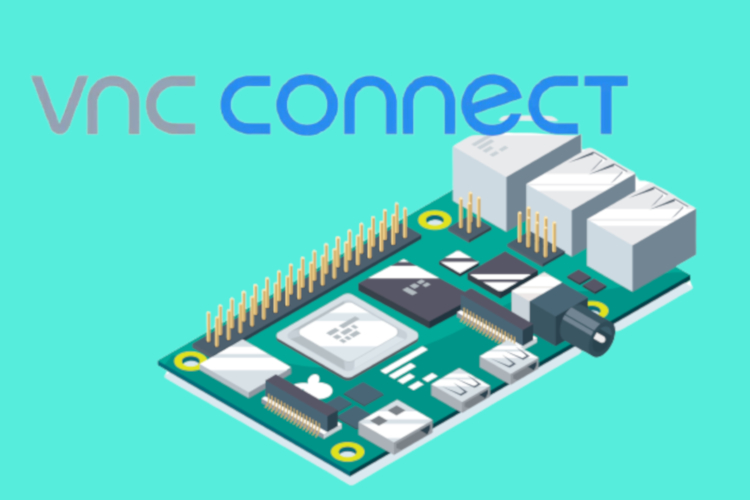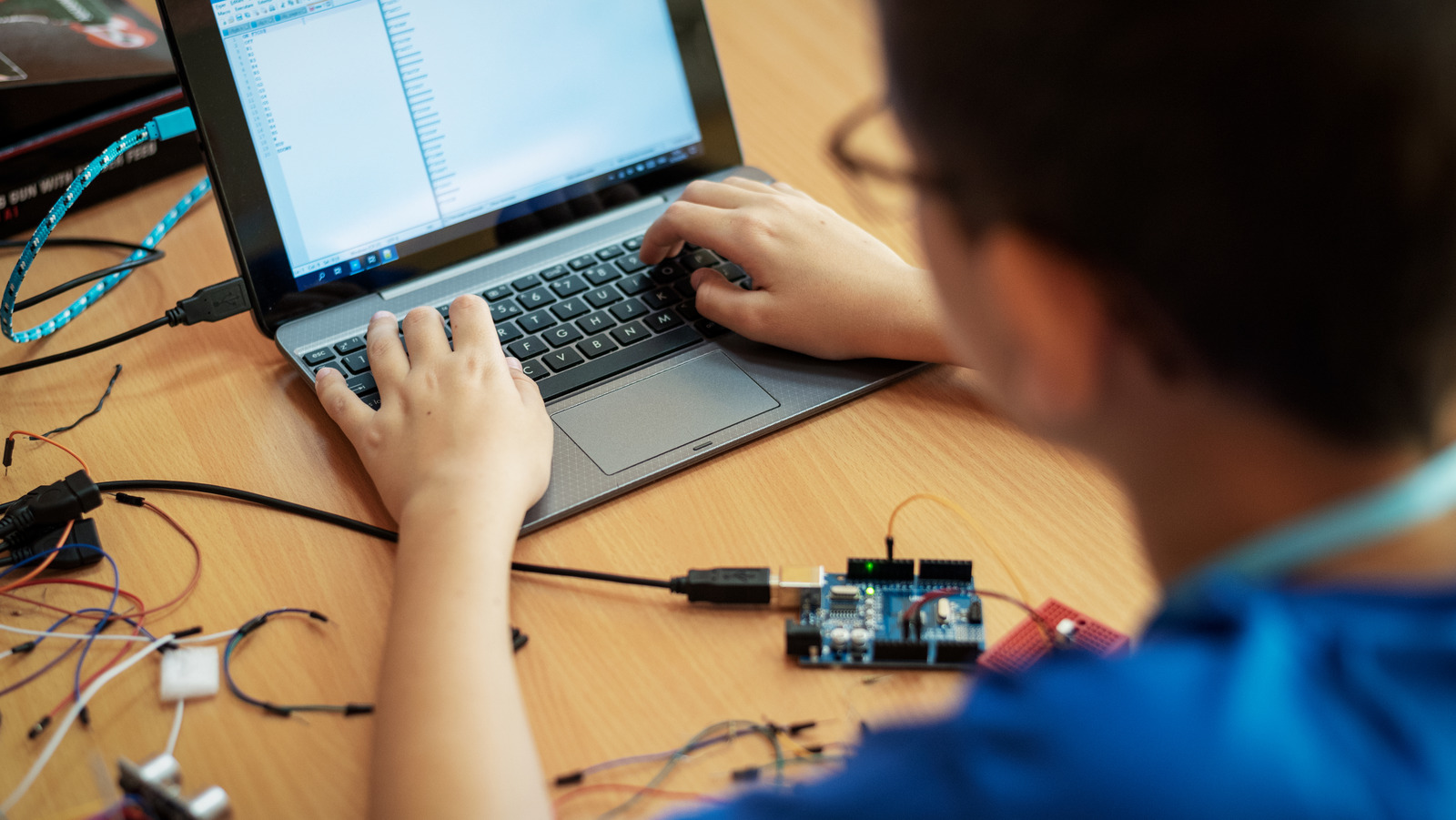How To Manage Raspberry Pi Remotely: A Comprehensive Guide
Managing a Raspberry Pi remotely has become an essential skill for tech enthusiasts, hobbyists, and professionals alike. As more users rely on Raspberry Pi for home automation, IoT projects, and server management, the ability to control it from afar is crucial. This article will walk you through the best practices, tools, and methods to achieve seamless remote management of your Raspberry Pi.
Whether you're configuring a media center, running a web server, or developing IoT applications, remote access simplifies your workflow. No longer do you need to be physically present near your device to make changes, monitor performance, or troubleshoot issues.
In this guide, we'll cover everything you need to know about managing Raspberry Pi remotely. From setting up SSH to using advanced tools like VNC, we'll ensure you have the knowledge to streamline your remote management process. Let's dive in!
- Hdhub4u 18 Your Ultimate Guide To Premium Entertainment
- Movie Rules Telugu 2025 The Ultimate Guide For Film Buffs
Table of Contents
- Introduction to Remote Management
- Setting Up SSH for Raspberry Pi
- Using VNC to Access Raspberry Pi Remotely
- Configuring Your Network for Remote Access
- Implementing Security Measures
- Essential Tools and Software
- Setting Up Remote Desktop Solutions
- Troubleshooting Common Issues
- Advanced Tips for Remote Management
- Conclusion and Next Steps
Introduction to Remote Management
Remote management of a Raspberry Pi allows users to interact with their device from anywhere in the world. This capability is particularly useful for individuals who maintain multiple Raspberry Pi setups or those who need to manage their devices while traveling.
Why Manage Raspberry Pi Remotely?
There are several reasons why managing a Raspberry Pi remotely is advantageous:
- Increased flexibility in controlling your projects.
- Reduced downtime due to quicker troubleshooting.
- Improved accessibility for collaborative work.
- Cost savings by eliminating the need for physical access.
Setting Up SSH for Raspberry Pi
Secure Shell (SSH) is one of the most popular methods for managing Raspberry Pi remotely. It provides a secure and encrypted connection between your local machine and the Raspberry Pi.
- G2gmovies Your Ultimate Destination For Latest Movies And Entertainment
- Why Is The Derivative Of Ln X Equal To 1x A Deep Dive Into The Math Magic
Steps to Enable SSH
To enable SSH on your Raspberry Pi, follow these steps:
- Boot your Raspberry Pi and log in.
- Open the terminal and type
sudo raspi-config. - Navigate to "Interfacing Options" and select "SSH".
- Choose "Yes" to enable SSH.
- Reboot your Raspberry Pi for the changes to take effect.
Using VNC to Access Raspberry Pi Remotely
While SSH is great for command-line interactions, VNC (Virtual Network Computing) offers a graphical interface for remote access. This is ideal for users who prefer a more visual approach to managing their Raspberry Pi.
Installing VNC Server
To set up VNC on your Raspberry Pi, follow these steps:
- Install the VNC server by running
sudo apt-get install realvnc-vnc-server realvnc-vnc-viewer. - Enable VNC through the Raspberry Pi Configuration tool.
- Connect to your Raspberry Pi using a VNC client from another device.
Configuring Your Network for Remote Access
Proper network configuration is crucial for successful remote management. Whether you're using SSH or VNC, ensuring your Raspberry Pi is reachable over the internet is essential.
Setting Up Port Forwarding
Port forwarding allows external devices to connect to your Raspberry Pi through your router. Here's how to set it up:
- Log in to your router's admin interface.
- Locate the port forwarding settings.
- Set up rules to forward SSH (port 22) or VNC (port 5900) to your Raspberry Pi's local IP address.
Implementing Security Measures
Security should always be a top priority when managing devices remotely. Here are some best practices to protect your Raspberry Pi:
Using Strong Passwords
Create strong, unique passwords for your SSH and VNC access. Consider using a password manager to generate and store complex passwords.
Enabling Two-Factor Authentication
Two-factor authentication adds an extra layer of security by requiring a second form of verification in addition to your password.
Essential Tools and Software
Several tools and software can enhance your remote management experience. Here are a few recommendations:
- Putty: A popular SSH client for Windows users.
- VNC Viewer: A lightweight and efficient VNC client for all platforms.
- TeamViewer: A versatile tool for remote access and support.
Setting Up Remote Desktop Solutions
Remote desktop solutions provide a graphical interface for managing your Raspberry Pi. These tools are especially useful for users who are not comfortable with the command line.
Installing xRDP
xRDP is a popular remote desktop protocol for Linux systems. To install it on your Raspberry Pi:
- Run
sudo apt-get updateandsudo apt-get install xrdp. - Start the xRDP service with
sudo service xrdp start. - Connect to your Raspberry Pi using a remote desktop client.
Troubleshooting Common Issues
Even with careful setup, issues can arise during remote management. Here are some common problems and their solutions:
- Unable to Connect via SSH: Check your Raspberry Pi's IP address and ensure SSH is enabled.
- VNC Connection Fails: Verify that the VNC server is running and the correct port is forwarded.
- Slow Performance: Optimize your network settings and reduce graphical overhead.
Advanced Tips for Remote Management
For experienced users, here are some advanced tips to enhance your remote management capabilities:
Automating Tasks with Scripts
Automating repetitive tasks with scripts can save time and reduce errors. Use tools like cron to schedule scripts for regular execution.
Monitoring System Performance
Utilize monitoring tools like htop or glances to keep an eye on your Raspberry Pi's performance from a remote location.
Conclusion and Next Steps
In conclusion, managing a Raspberry Pi remotely is a powerful skill that can significantly enhance your productivity and flexibility. By leveraging tools like SSH, VNC, and remote desktop solutions, you can efficiently control your Raspberry Pi from anywhere in the world.
We encourage you to experiment with the methods and tools discussed in this article. Don't hesitate to leave a comment or share this guide with others who might find it useful. For more in-depth tutorials and tips, explore our other articles on Raspberry Pi and related technologies.
Thank you for reading, and happy tinkering!

Remotely Manage Your Raspberry Pi with Cockpit

How to Remotely Access Raspberry Pi from Windows, Mac & Linux Beebom

5 Ways To Manage Your Raspberry Pi Remotely